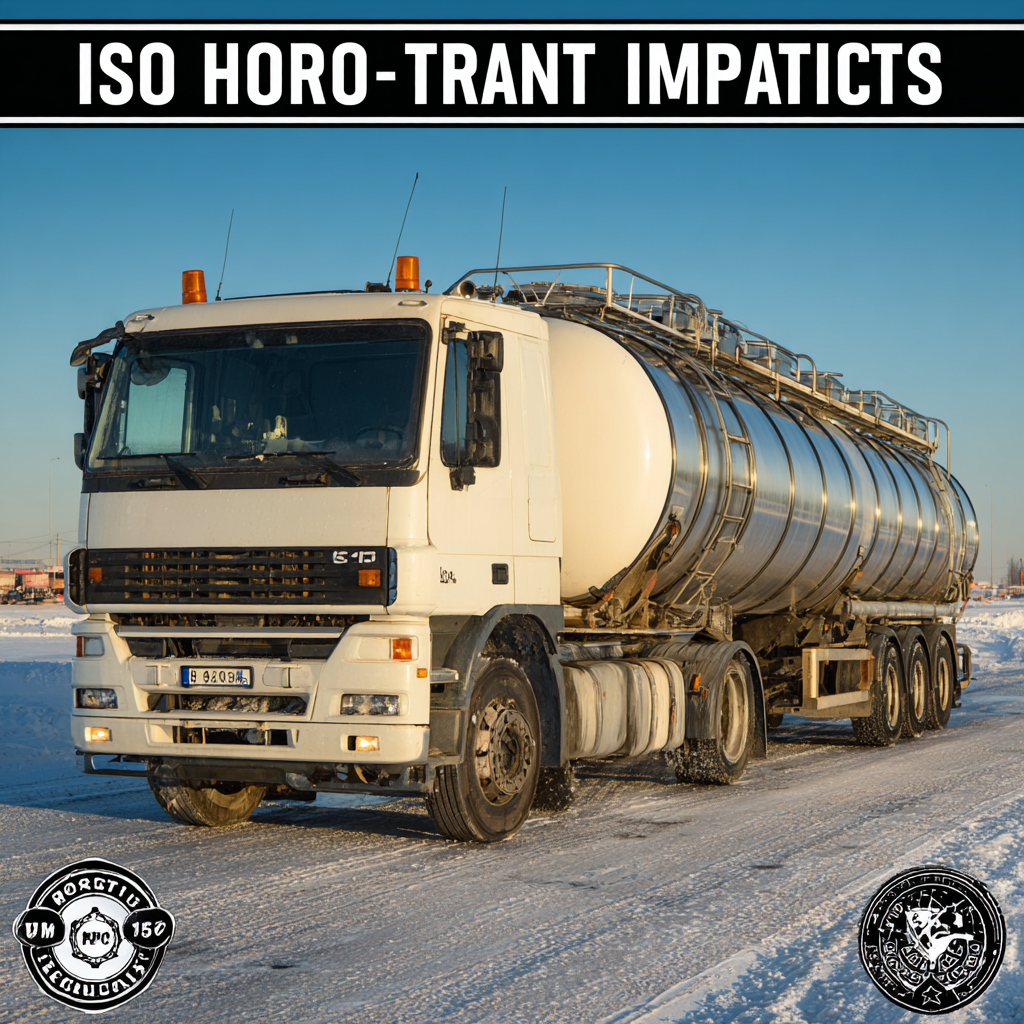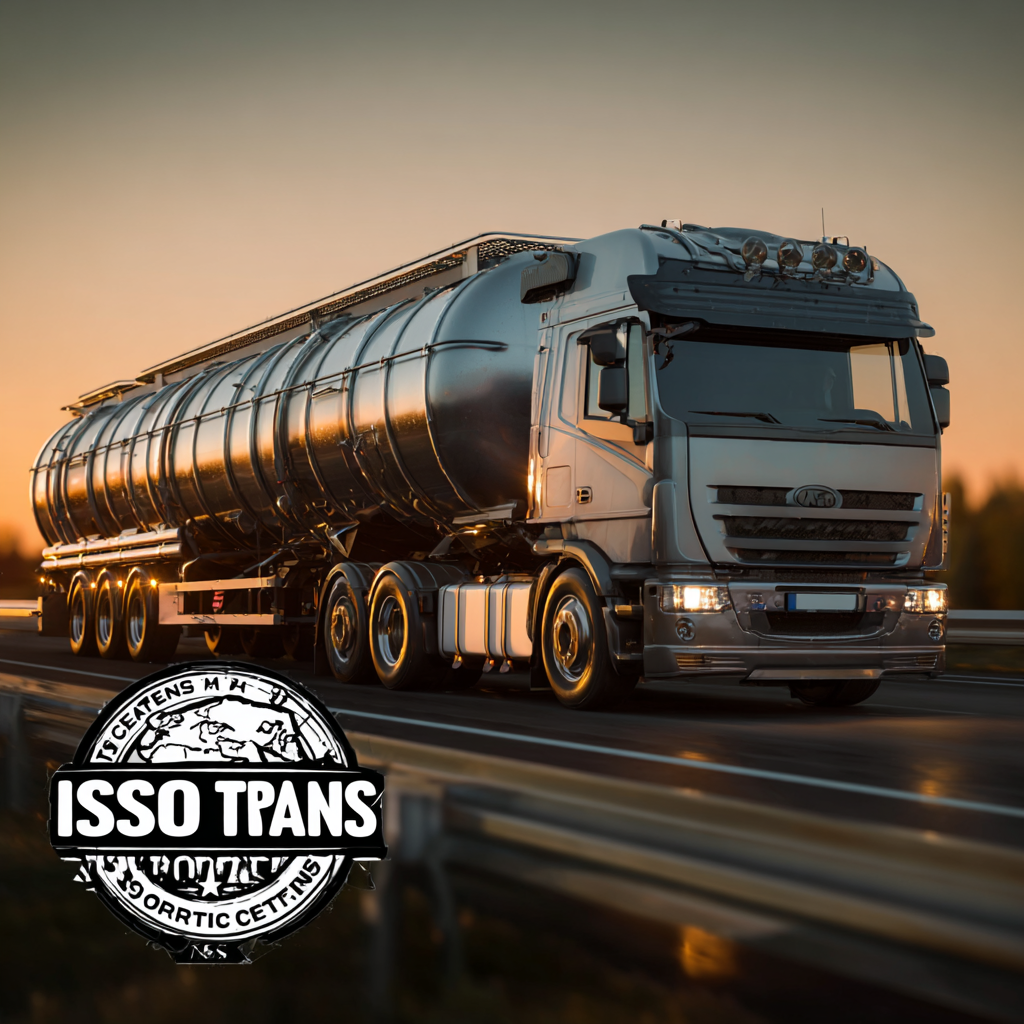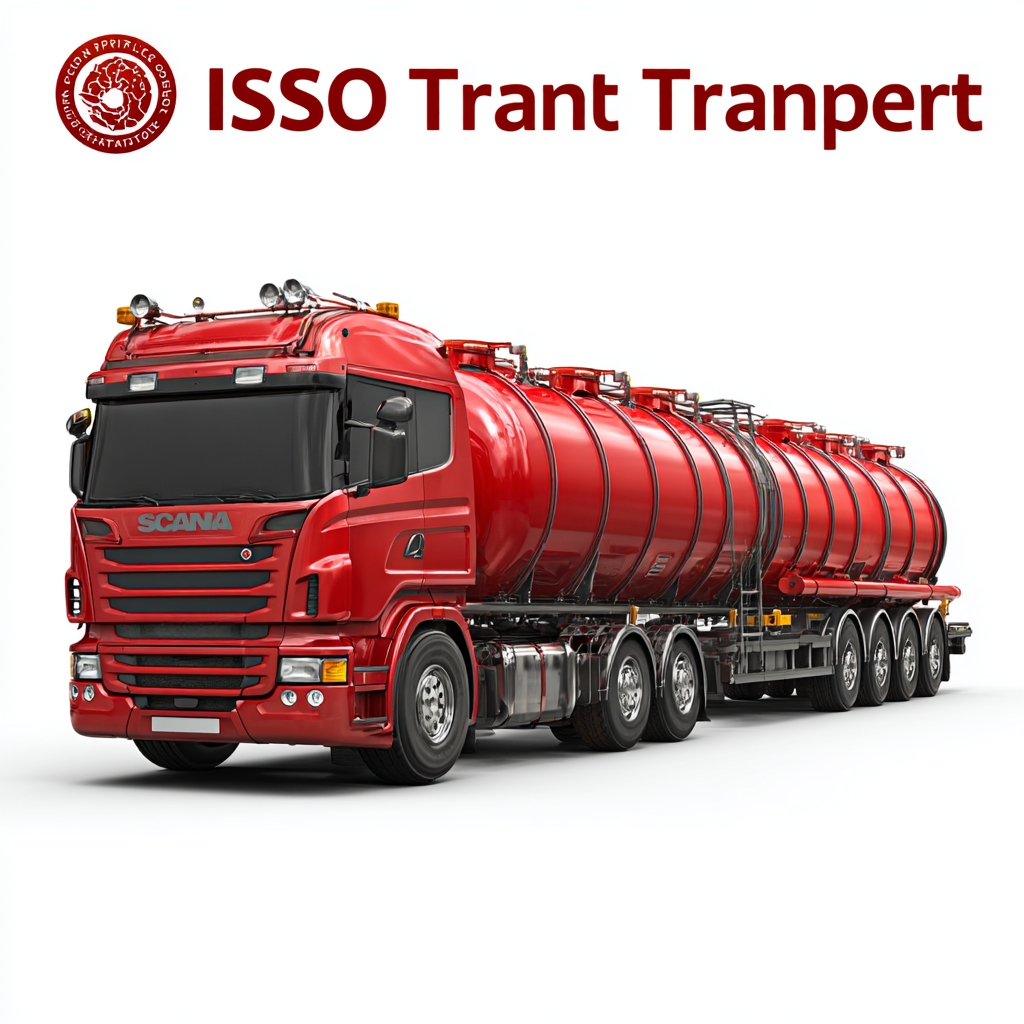- Home
- >
- Knowledge Center
- >
- Blogs
Blogs
Sharing knowledge is key to an innovative and healthy industry! This knowledge center is therefore a central place on our website to share information. Read all about our industry in the blogs below!
Achieving Compliance in Best Iso Tank Transport with Import Export Certifications
In the dynamic world of global trade, achieving compliance in Iso Tank Transport is paramount for businesses seeking to navigate the complexities of import and export certifications. According to a recent report by the International Maritime Organization, the global demand for safe and efficient liquid transportation has surged, with Iso tanks representing a substantial portion of this market, which is projected to reach approximately $8 billion by 2025. With increasingly stringent regulatory requirements and the need for environmentally responsible practices, companies must ensure their Iso Tank Transport operations align with best practices and certifications. This not only facilitates smoother customs processes but also enhances the firm's reputation and operational efficiency. As such, understanding how to navigate the nuances of compliance is critical for maintaining competitiveness in an ever-evolving logistical landscape.

Understanding ISO Tank Transport: Key Regulations and Compliance Requirements
Understanding ISO tank transport is essential for achieving compliance in the logistics industry, especially in the context of import and export certifications. ISO tanks, designed for the safe transportation of liquids, must adhere to stringent regulations that vary by region. The International Maritime Organization (IMO) outlines key safety standards, while the International Organization for Standardization (ISO) governs various aspects of tank design and testing. Compliance with these standards is not just a regulatory requirement but also a critical factor in ensuring the safe transfer of goods.
One persistent issue in the transport industry is the overweight containers, which have plagued operators for decades. Recent reports indicate that dynamic weighing systems are being implemented to combat this problem on highways, with penalties for overweight containers reaching significant sums. The pressure to comply with weight regulations is compounded by oversight bodies, which are increasingly using alert systems to identify violators. As highlighted in industry studies, non-compliance can lead to hefty fines and operational delays, making it vital for companies involved in ISO tank transport to stay informed about the regulations and maintain their certifications effectively. With the global supply chain continuously evolving, understanding these key compliance requirements is more crucial than ever for businesses looking to thrive in this competitive market.
The Role of Import Export Certifications in ISO Tank Logistics
In the realm of ISO tank logistics, the significance of import-export certifications cannot be overstated. These certifications not only enhance compliance with international standards but also foster trust among stakeholders. According to a report by the International Organization for Standardization (ISO), companies that are ISO-certified have seen up to a 20% increase in operational efficiency and a 15% reduction in compliance-related costs. This highlights the vital role of these certifications in streamlining logistics processes and ensuring the safe and efficient transport of bulk liquids.

Moreover, import-export certifications provide a competitive edge in the global market. The World Trade Organization (WTO) noted that businesses with verified certifications not only face fewer regulatory hurdles but also enjoy improved market access. Data from the Logistics Management Magazine indicates that firms engaged in certified logistics processes experience faster customs clearance and reduced delays, resulting in a 25% increase in trade volumes for certified companies. Thus, the synergy between ISO tank transport and import-export certifications is pivotal for achieving not just compliance, but also operational excellence in the logistics industry.
Market Trends and Projections for ISO Tank Transport by 2025
The global ISO tank transport market is expected to experience significant growth, with projections indicating an increase from 945.3 thousand units in 2025 to 1,832.4 thousand units by 2032, reflecting a remarkable CAGR of 9.9%. This growth is driven by the rising demand for efficient and safe transportation solutions in various sectors, including chemicals, food, and liquefied gases. As businesses look to enhance their supply chain logistics, compliance with international standards becomes crucial, particularly for import-export certifications.
Tips: When operating in this expanding market, ensure that your ISO tanks are compliant with relevant standards such as ISO 1496/3 for transport safety. Regular training for personnel involved in handling and transporting these tanks can greatly reduce risks and enhance operational efficiency. Additionally, stay updated with market trends to leverage new opportunities and position your business competitively.
The LPG tanker market is projected to grow to USD 7.36 billion by 2034, at a CAGR of 4.22%. As industries shift towards cleaner fuels, the demand for insulated food containers is also anticipated to grow significantly, from USD 13.22 billion in 2025 to USD 51.44 billion by 2034. Understanding these trends will allow businesses to make informed decisions about their logistics and supply chain strategies.
Best Practices for Ensuring Compliance in Tank Transport Operations
Ensuring compliance in tank transport operations is crucial for safeguarding both regulatory integrity and the quality of the cargo being transported. One of the best practices is to implement rigorous training programs for personnel involved in the loading, handling, and transportation of ISO tanks. This training should encompass not only the technical aspects of operating transport vehicles but also a thorough understanding of the relevant import and export regulations. By fostering a culture of awareness and responsibility, organizations can minimize errors and enhance safety protocols.

Another key practice is the regular maintenance and inspection of ISO tanks and related equipment. Establishing a comprehensive maintenance schedule helps in identifying potential issues before they escalate, ensuring that all tanks meet the stringent safety standards required by regulatory bodies. Moreover, digital tracking solutions can be employed to monitor compliance in real-time, allowing companies to quickly respond to any deviations from the required standards. By integrating technology into compliance processes, companies can enhance their operational efficiency and create a more transparent transport environment.
Challenges and Solutions in Achieving ISO Tank Transport Compliance
Achieving compliance in ISO tank transport presents a unique set of challenges for chemical shippers. From the intricacies of handling hazardous materials to the need for stringent safety protocols, logistics providers must navigate a complex regulatory environment. This complexity is heightened by specialized requirements that vary by region and product type, necessitating a deep understanding of both local and international regulations. Ensuring compliance is not merely about adhering to these standards; it also involves implementing best practices in operations, maintenance, and documentation throughout the supply chain.
To tackle these challenges, innovative solutions are being developed. Logistics providers are leveraging advanced technologies to enhance visibility and traceability in the supply chain. This includes the use of real-time monitoring systems and data analytics to predict potential disruptions and optimize shipping routes. Furthermore, collaboration among stakeholders in the chemical logistics sector is crucial, as it enables the sharing of expertise and resources. By fostering partnerships and investing in specialized training, the industry can improve compliance and ensure that ISO tank containers meet the rigorous safety and quality standards required for transporting sensitive materials.
Achieving Compliance in Best Iso Tank Transport with Import Export Certifications - Challenges and Solutions in Achieving ISO Tank Transport Compliance
| Dimension | Challenges | Solutions |
|---|---|---|
| Regulatory Compliance | Understanding and integrating varying regulations in different jurisdictions | Establish a comprehensive compliance framework and continuous regulatory training |
| Safety Standards | Meeting stringent safety standards across regions | Conduct regular safety audits and staff training programs |
| Documentation | Managing extensive documentation for import/export | Implementing digital documentation solutions for accuracy and accessibility |
| Environmental Regulations | Adhering to environmental guidelines specific to tank transport | Utilizing eco-friendly practices and technologies |
| Training and Expertise | Lack of trained personnel with specific ISO tank knowledge | Developing an in-house training program and certification courses |
